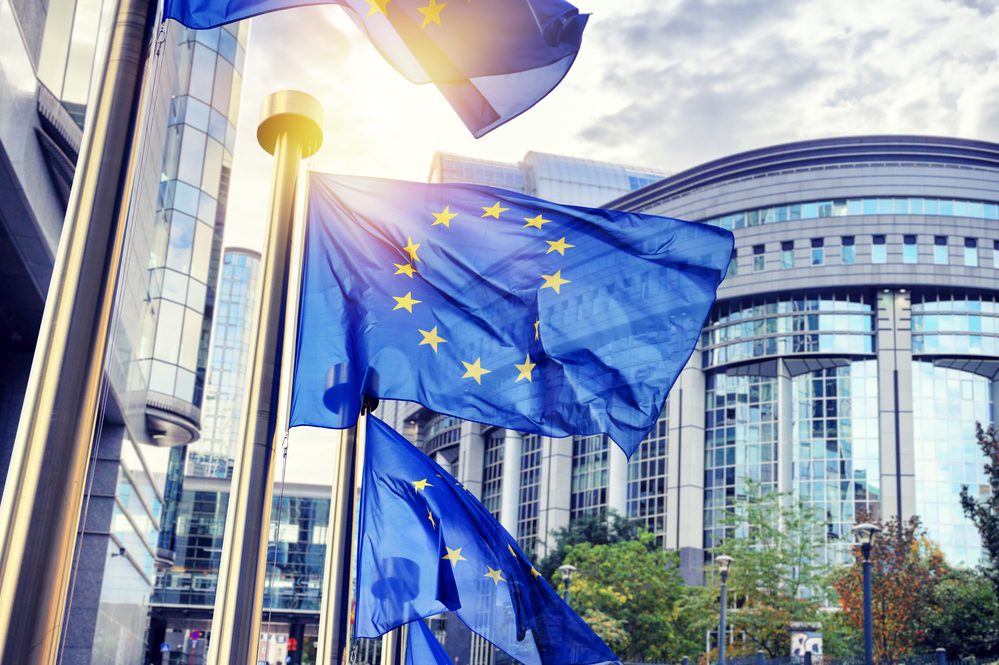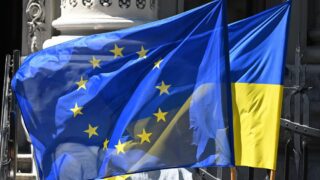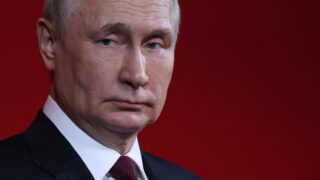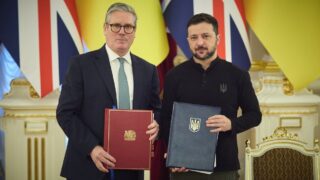
EU and G7 members reach consensus on $50 bln financial assistance to Ukraine
The European Commission welcomed the consensus reached by the G7 countries and the EU on their contributions to a 45 billion euros (50 billion dollars) loan for Ukraine to be repaid from the proceeds of frozen Russian assets; the EU’s contribution will be an estimated 18 billion euros.
This financing mechanism not only ensures continued support for Ukraine’s immediate needs but also creates a framework through which Russian frozen assets indirectly fund Ukraine’s reconstruction – marking a potential shift in how the international community can leverage sanctioned resources to support nations under aggression.
As reported by the press service of the European Commission on its website, this joint loan can now be made available for budgetary, military and reconstruction aid to Ukraine.
“This confirms that the EU and partners in the G7 are delivering on the promise they made at the leaders’ summit in Puglia in June…. This achievement underlines the unwavering commitment of the EU and G7 partners to support Ukraine in its struggle for freedom, recovery and rebuilding,” the statement said.
“Given the confirmed contributions of the G7 partners, proportional to the size of their economies, the EU is expected to provide a macro-financial loan of around €18 billion,” the communiqué stated.
Procedures to trigger the aid will be finalized by the end of the year and funds can start flowing from 2025.
Earlier in October, the European Parliament supported the European Commission’s proposal to set up a special Ukraine Loan Cooperation Mechanism, which would allow the proceeds from frozen Russian assets and voluntary contributions from member states or third countries to be used to repay the loan to Ukraine. The decision was then approved by the EU Council.
The EU’s contribution to the total amount of the G7 loan could be up to 35 billion euros, but in the end it will be less. The amount of 35 billion was set because of initial uncertainty about the size of the contributions of other partners, primarily the United States.
The United States confirmed earlier in October that it would provide 20 billion dollars for the loan, the maximum expected amount, which until recently had been in doubt because the EU had failed to implement a safeguard against a surprise lifting of sanctions, as Washington wanted, due to Hungary’s resistance.
The funds from the new loan will come in addition to the payments under the multi-year EU financial assistance program for Ukraine approved last winter for 50 billion euros (Ukraine Facility), which Ukraine receives in tranches under the obligation to implement the approved reform plan (Ukraine Plan).
Related:














